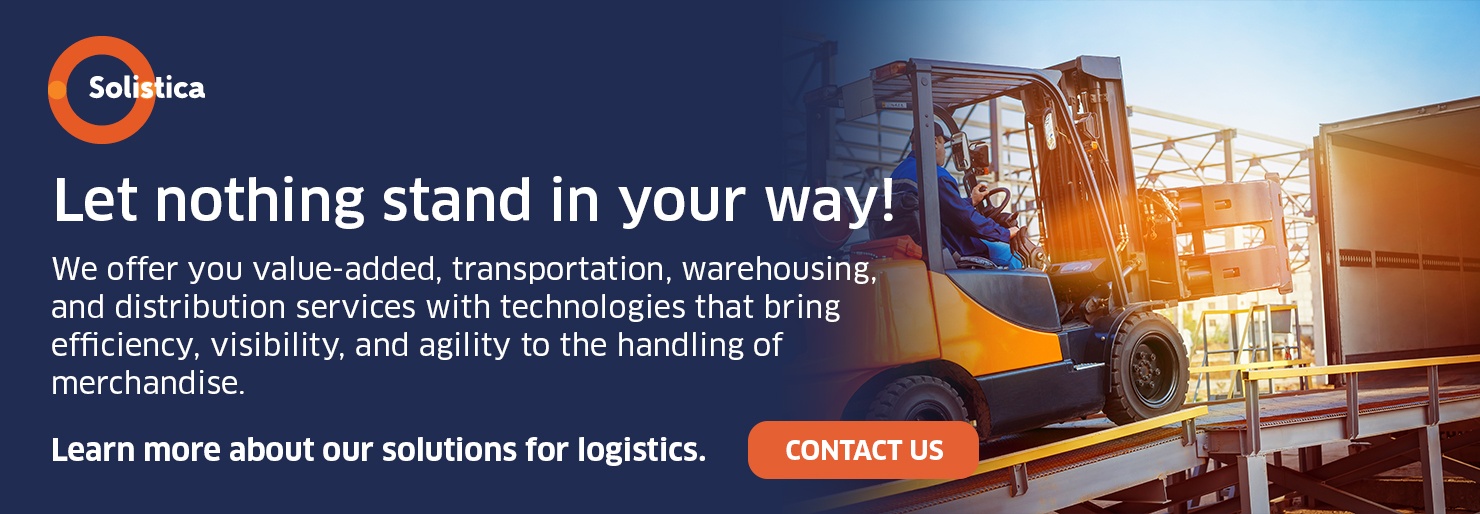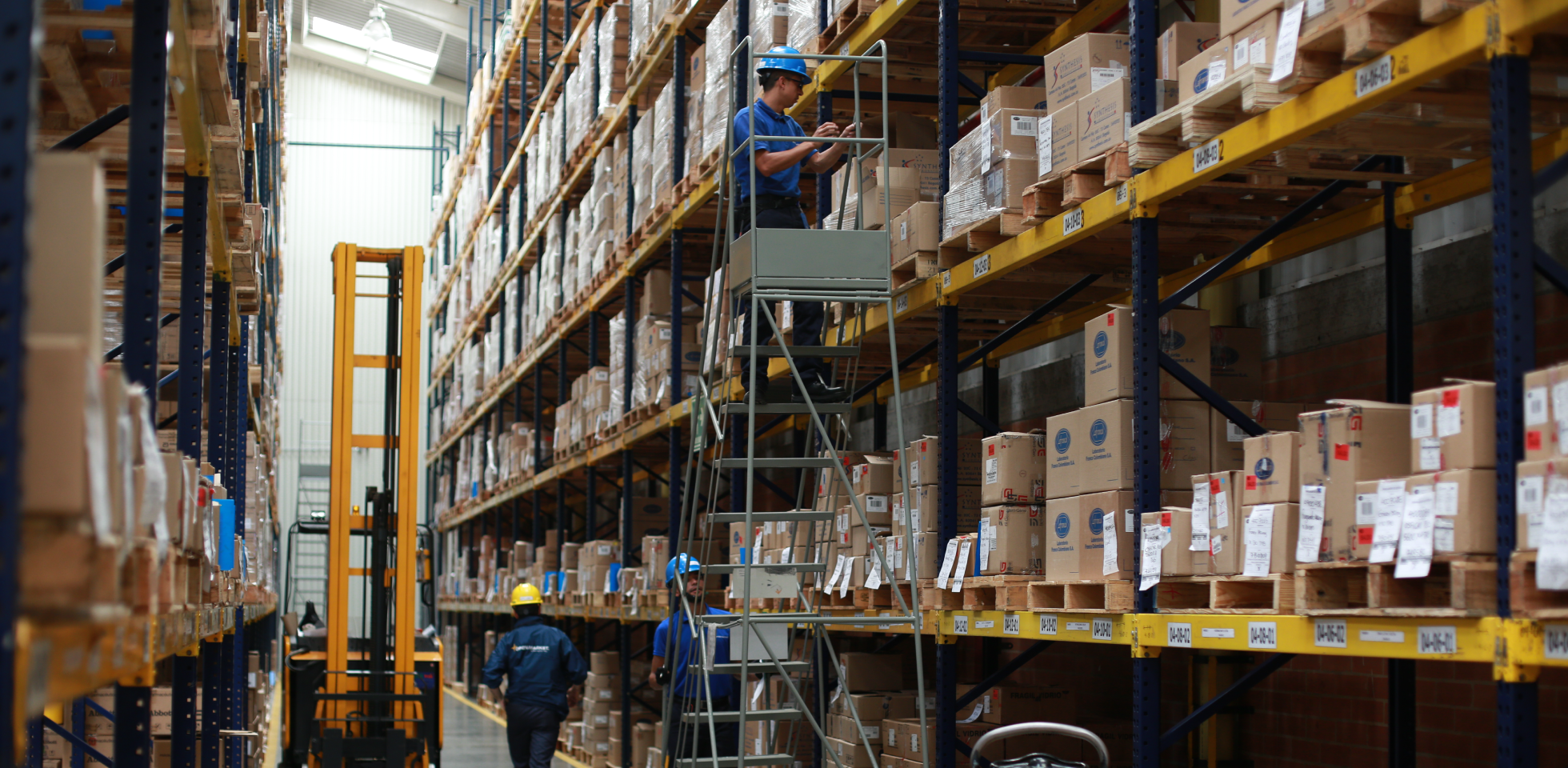Applying the Lean concept implies eliminating waste in logistics and focusing on creating value, as good resource management has a direct impact on the company’s profitability.
One of the challenges of logistics is to design and implement efficient supply chains in terms of both resource management and assignment, looking to gain the highest profits with the lowest possible costs.
Easier said than done. Nevertheless, logistics tasks depend on many financial, geographical, and political variables in addition to the own demands created by companies in their quest to satisfy their clients; therefore, it is important for us to implement a strategy that eliminates vices in our operational processes that cause unproductive costs.
Many of these processes have to do with the way we manage resources throughout the supply chain. Problems begin to appear in the operation when we use resources erroneously, we either do not use those we need, or we focus them on getting results that are not the best for achieving the company’s strategic goals.
This means we waste work capital and time and lose opportunities to create value and growth.
One of the first steps we should take to embrace the Lean philosophy is understanding what “waste” is and which tasks and resources we need to create added value. Once we understand this value, the remaining tasks in the logistics process become waste. We may define waste as “futile expenditure or consumption or using resources without an adequate return.”
Lean philosophy applied on logistics looks to eliminate that kind of waste and all the activities that don’t result in additional value for the supply chain.
Waste in the supply chain
While many experts have studied waste in the manufacturing process, few have done so on the logistics side.
Logistics waste happens as often as in any other departments of the company, although it isn’t always that visible because of the scope and complexity of logistics; in fact, according to LeanCorp, a supply chain services company based in the USA, over 80% of logistics work cannot be foreseen because it is carried out without supervision.
There are eight types of waste in the supply chain that directly affect logistics:
- Overproduction. It is the most common and costly waste because it happens when we offer more than what is demanded by the market, compromising thus our work capital with no immediate return.
- Inventory. The reasons for us to overstock products or raw materials are overproduction, imprecise forecasts of future needs, buying goods before we get purchase orders, or buying in excess looking to benefit from wholesale prices or some other variable.
- Overprocessing. When we carry out additional tasks that are completely unnecessary for the final product. In other words, we do more than what is required and incur in unproductive costs.
- Correction. If the work flow lacks definition or is incorrectly followed, we need to go back and work again in some activities delaying, thus, the results; another possibility is that we do not put enough attention on details and quality and must start all over again to correct the flaws. An excess of corrections not only wastes time, it also wastes money.
- Waiting. When the supply chain’s tasks are not well coordinated there will be gaps where one or another party must wait for the materials to arrive or for other processes to finish, resulting in costly and completely unproductive time.
- Unnecessary movements. Whether at the warehouse or during transportation to destination, performing an unjustified movement of the cargo that does not contribute value results in additional costs.
- Transport. Having a fleet with a capacity over our required stock or distribution needs represents an administration expense; this includes underused units, travel times between companies, dead time on docks and warehouses, and other transport-related waste.
- Employees without commitment. A supply chain requires more than just coordination and training in the efficient use of equipment and facilities to work well; it also demands the commitment and motivation of employees to follow best practices.
Considering these wastes and many other additional costs related to the logistics activities in diverse geographical, political, financial, and corporate environments…
One of logistics greatest challenges is to develop smart and efficient networks that minimize waste throughout the supply chain via savings and a tight budget management.
Designing these networks must therefore include identifying failures and opportunities in terms of time, infrastructure, safety, inventories, and internal processes.
Regarding time, the down periods when goods stay in the warehouse or customs, translate into a loss as there is capital invested in them that is not producing any financial return, Furthermore, if there is a lack of coordination between the departments involved in the supply chain, we are slowing down the flow of processes.
In respect to infrastructure, an insufficient number of ports, airports, roads, and railways – or the inefficiency of those existing – creates delays in the transportation of cargoes and financial losses.
In terms of distribution processes, moving goods from one side of the warehouse to the next, or from the manufacturer to their destination, must adhere to a well-planned transfer and routes model so we avoid incurring in unnecessary expenses.
Likewise, safety measures adopted to ensure the integrity of goods must be seen as an investment because, if we don’t have the best safety, we will have losses due to damage or theft.
Being overstocked results in unproductive investment and in warehouse maintenance costs, both because of the staff needed to manage it and because of the safety measures and facilities.
Lastly, every internal process, procedure, and paperwork that becomes bureaucratic or susceptible to errors might encumber the supply chain.
The Lean concept applied to comprehensive logistics
Comprehensive logistics is a horizontal strategic function encompassing all the operations carried out in the supply chain between clients and suppliers that aim to contribute competitive advantages.
To remedy waste and additional costs that directly affect competitiveness, we must apply the principles of the Lean concept to supply chain management:
- Find out what value we aim to create so we can identify the leaks we currently have; in other words, costs that are not contributing to the creation of said value.
- Outline the value’s work flow including available resources and information to have more visibility on the supply chain’s processes and to help us identify the things we can get rid of and the things we can improve.
- Project the necessary flow on the supply chain so that information moves faster, and the resources and problems are clearer so we can solve them sooner.
- Give priority to Just-in-Time to help us manage inventories better and avoid shortages and overstocking.
- Implement a continuous improvement program to assess efficiency, finding waste and opportunities, and adopting the necessary solutions quickly so we can keep lowering our costs.
Goals of Lean Logistics
The basic goal of applying the lean concept on logistics is to help boost the company’s productivity; in this sense, its focus should be on:
◦ Having the necessary resources in the right amount and conditions during the first stages of the supply chain.
◦ Use resources efficiently so we can have a competent distribution during the final stage of the chain.
◦ Improve the efficiency of the logistics activities that prove unproductive throughout the chain.
◦ Lower delivery times in each stage so we can shorten the whole logistics process and bring finished goods to market as soon as possible.
To achieve this, we need a strategy based on the Lean principles we mentioned earlier and use tools to make this task easier. The following are some examples:
◦ Analysis systems to set indicators, mine data, assess results, and create reports to identify the different types of waste in our supply chain.
◦ Workload distribution software that helps us plan the assignment of resources efficiently.
◦ Value stream mapping (VSM) offers a visual depiction of the whole supply chain so we can detect which activities or processes aren’t contributing the expected value.
◦ Takt Time. A technique used to find out the "rhythm of clients" so we can adapt to it and meet the demand on time without overproduction.
◦ Kanban System. A technique based on information cards to exert a tighter control on inventories and manufacturing aiming to improve productivity.
To sum up, Lean philosophy implies planning each stage of the supply chain comprehensively and schedule activities so they can flow without interruptions.
Consequently, it is useful to incorporate technology tools that help us measure results, mine data, and create reports that support timely decision making to expedite processes and lower costs.
Since logistics is vulnerable to a series of variables we cannot control, we need to implement a continuous improvement system to analyze the efficiency of our supply chain and to look for solutions on a permanent basis.
In logistics, challenges and waste are unpredictable and happen every day; therefore, Solistica trains its staff to always be a step ahead in this regard. We have a commitment to improve and learn from our operations so we can offer the best solutions of comprehensive logistics for our clients.
.jpg)





